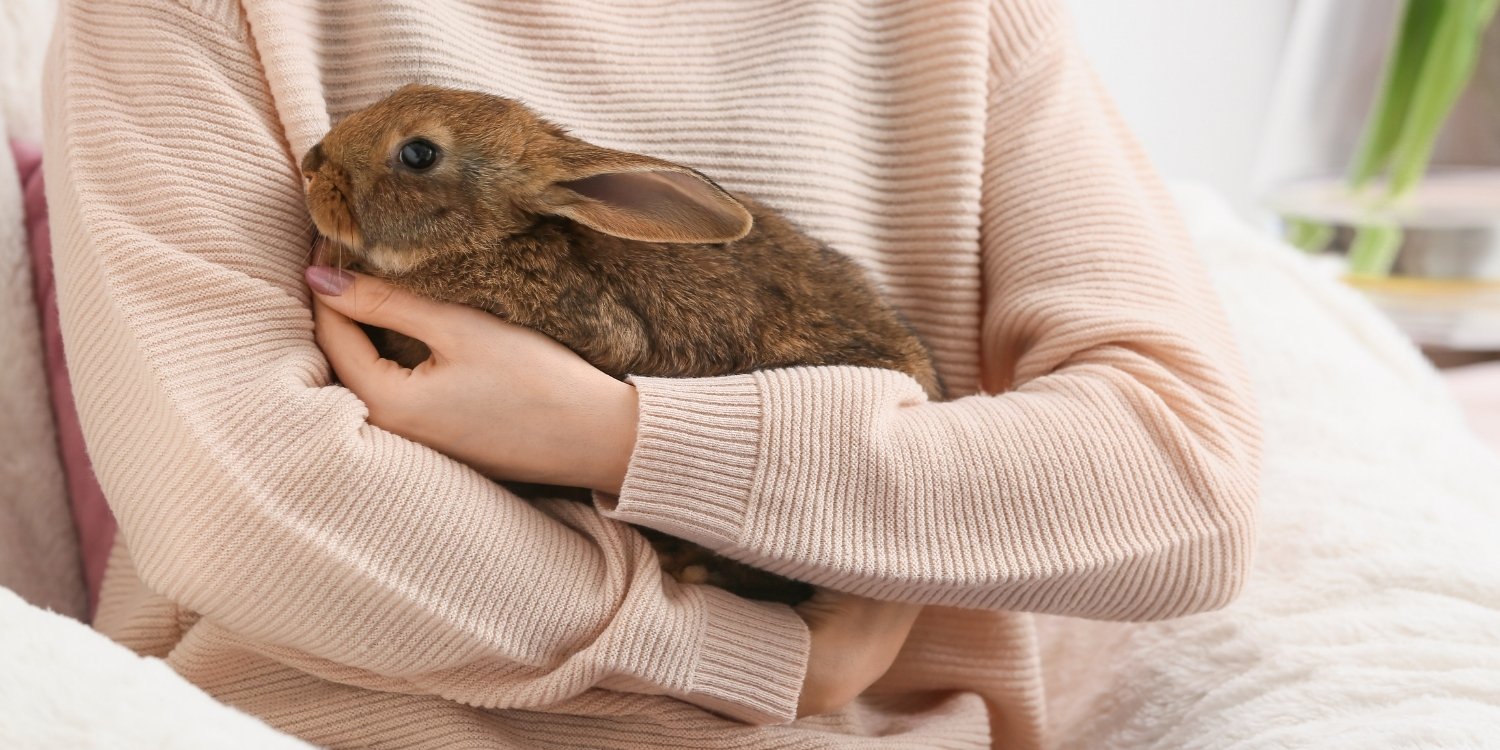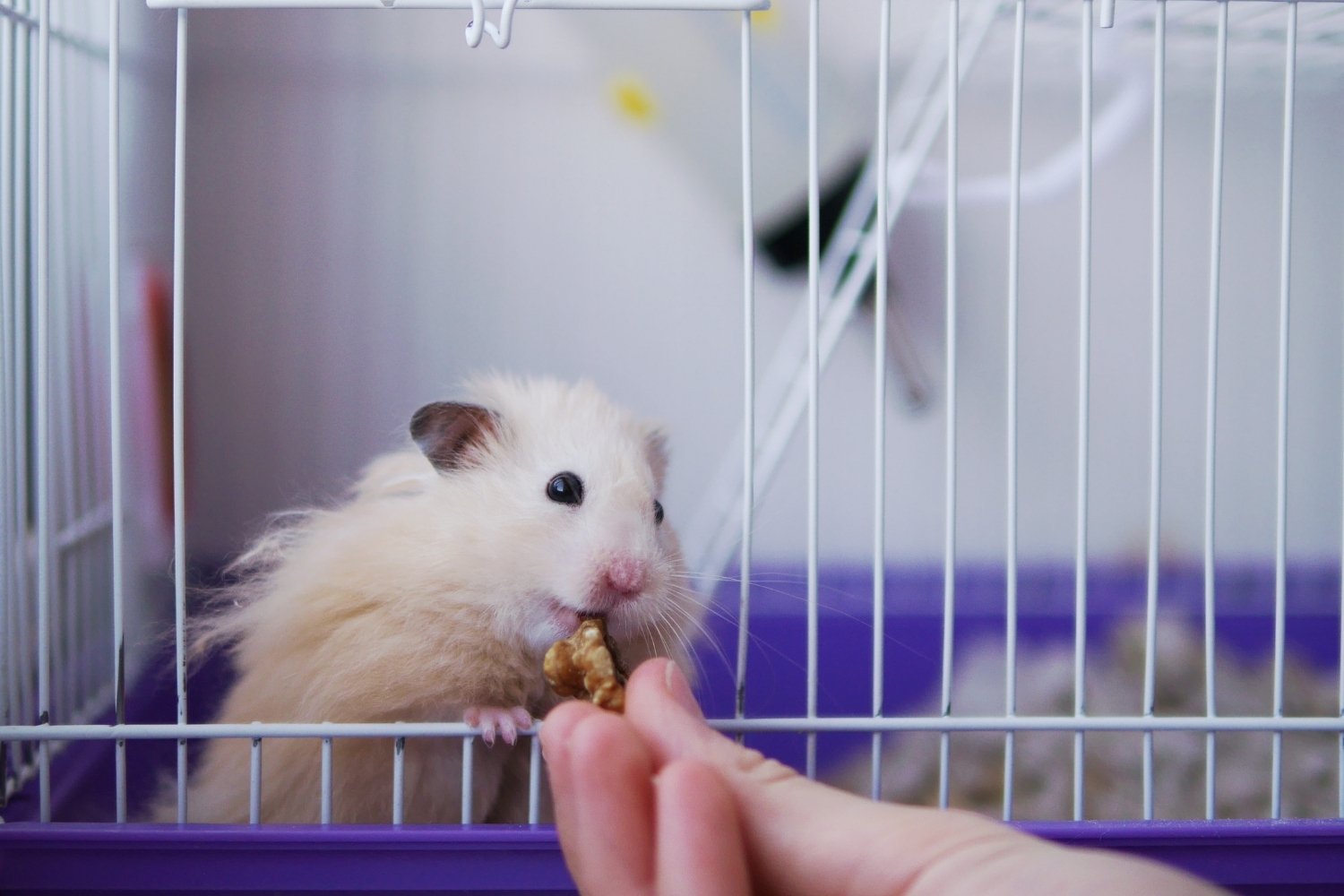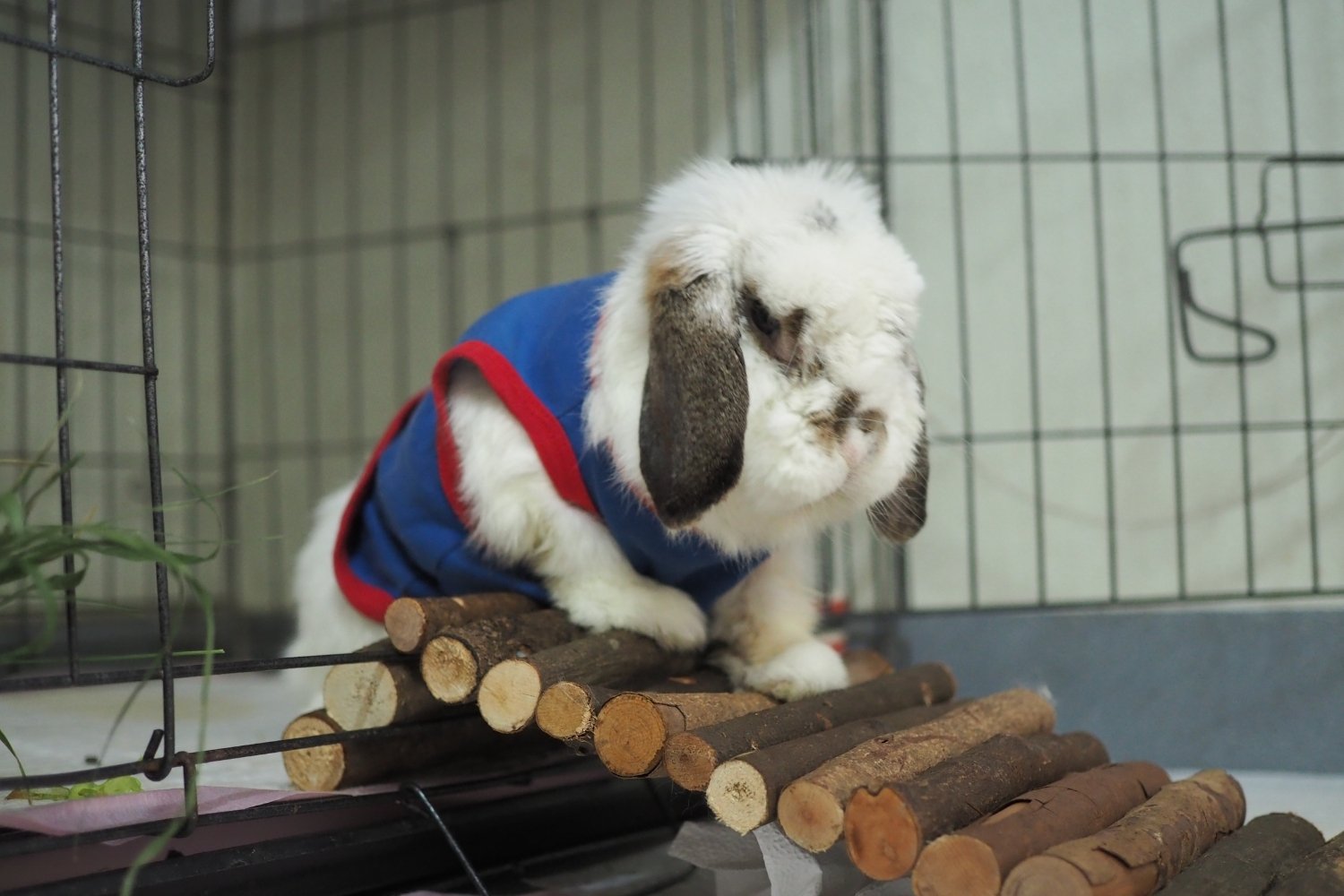Have you thought about expanding your business and adding new services? Learning how to care for small animals might be exactly what you're looking for! We've created a guide for adding rabbit care and other small animal services to your business.
Should You Expand Your Services?
At this point, you may already have a successful pet sitting business. Your customers love you, their pets are healthy and happy, and your business name is spreading like wildfire! But what if you could keep that momentum growing? Adding additional pet care services can help grow your business while also providing an essential service to pet parents that are often underserved.
Adding different types of pets to your services list could bring in new clients and additional revenue. It may sound a little scary to branch out like that, but we'll help you figure out your next steps, pricing, and helpful details you need to know about pet sitting for animals like rabbits, hamsters, guinea pigs, and more! If you are just starting out and trying to decide which services your company will provide, take a look at our Academy Lesson on What Services Pet Sitter and Dog Walkers Offer for more information.
Or, if you're looking for articles that speak directly to pet owners, check out the Blog at LocalPetCare.com.

Which Types of Animals Can a Pet Sitter Care For?
Branching out into pet sitting for different kinds of animals might feel intimidating at first. But you can care for almost any small animal if you have the proper knowledge and skills. This learning curve will be just the same as when you learned about caring for dogs and cats. And teaching your employees will be the same process too. Most of the fundamentals for animal care are the same across the board.
Whether it's caring for rabbits, hamsters, guinea pigs, gerbils, ferrets, chinchillas, lizards, frogs, or fish… you might find that these animals typically take equal or less time to care for than larger ones. And if any of your current customers have a combination of small and larger pets, they will be happy to know that you provide care and service for all of them. This post focuses on caring for small mammals, but many of these tips could work for fish, reptiles, or any other type of small animal.
How to Care for Small Mammals
Let's talk about the basics of caring for small animals. Some care instructions will be similar from animal to animal. And some will have their own specific needs for each species, like climate-controlled environments for reptiles or special bedding for rabbits.
What do small mammals eat?
As usual, check with your veterinarian for information on a well-balanced diet and about fresh vegetables and plants versus store-bought pellets.
Always make sure there is plenty of fresh, clean water available for the animals that require it. "A sipper water bottle is the best choice because it cannot be contaminated with bedding, food, feces, and urine. Animals unfamiliar with a sipper bottle may have to be trained to use it."
The pet owner is in charge of what their pet eats, and they should have already done their own research and consulted with their vet about healthy small animal diets. The following is not an extensive list of all dietary needs, but certain key factors of each animals' balanced diet, as told by the San Bruno Pet Hospital.

- Rabbits – Fresh, leafy greens. "These [greens] provide not only fiber, but a variety of vitamins, such as A and C, minerals, proteins, and carbohydrates."
- Guinea Pigs – Dark, leafy greens. "Dark, leafy greens are very high in vitamin C; for instance, a cup of fresh kale contains approximately 250mg of vitamin C compared to a cup of oranges (without the peel) which contains only 50mg of C."
- Chinchillas – Dry grasses and other plant material. "Chinchillas appear to have a diet that depends a great deal on dry grasses and other plant material."
- Rats, Mice, and Hamsters – Primarily plants, but some meats. "They all eat primarily plant material, but rats, mice and particularly hamsters are also known to eat some meat products and are considered omnivorous."
As you probably know, there are pellet foods that can be purchased for these small mammals. Be careful when purchasing these—noting the ingredients, whether they are for baby mammals or full-grown adults. "Do not use pellet mixes that contain grains and seeds along with the pellets. The addition of the grains and seeds only add to the calorie and fat content which can result in obesity, liver and intestinal disease."
You can read more about small mammal diets in other articles such as VeterinarianKey.com, VeterinarianPartner.vin.com, and PetSmart.com.
What supplies do small mammals need?
Whether it's for rabbits, hamsters, guinea pigs, gerbils, ferrets, rats, or chinchillas—most small mammals have very similar needs as far as cages, food, bedding, and supplies. Here's a list of items and supplies that you—or your customer—will need to get set up with a new small mammal.
- Habitat or cage
- Dry grasses like hay
- Bedding and nesting
- Pellets and fresh, leafy greens
- Treats
- Toys
- Bowl
- Water bottle
- Supplements
- Hideaways
There are tons of ways to be creative with small mammals' habitats, hideaways, and toys that will keep you and them entertained for hours!

What are basic care techniques for small mammals?
Routine grooming and cleaning of your small pet is important, as well as regular cleaning of their cage or habitat. For animals like rabbits and guinea pigs, you'll line the bottom of their cage with 3-4 inches of bedding. And you can actually put a small litter box in the corner and fill it with a half-inch of litter.
Regular veterinary checkups are just as important for small mammals as they are for cats and dogs. Always take them in for an initial checkup a few days after bringing a new small pet home. And take them to the vet if you see any signs of lethargy, lack of interest in food, or change in bowel movements.
Not every veterinary clinic has small mammal services, so make sure to check around. PetSmart actually has 900 of its own pet hospitals around the country, and they typically have small pet veterinary services available.
Do rabbits need vaccines?
Always check with your veterinarian first! There are diseases that both wild and domesticated rabbits can be subject to contracting. But "there are currently no licensed vaccines available for rabbits in the US. In other parts of the world, vaccinations exist to protect against Myxomatosis and Rabbit Viral Hemorrhagic Disease (RVHD). These are both acute and fatal diseases."
Although there are not currently vaccinations for these two diseases, there are veterinarians working with manufacturers to create vaccines. Make sure to continually check for updates about these diseases, potential vaccines, and sanitation protocols.

How Much Should I Charge for Small Animal Services?
First, you'll need to decide which small mammal services you'll be providing. And keep in mind that small mammal services usually cost less than services for larger pets. Most companies will do some sort of combination rate for pet owners with 2, 3, or even 5 of the same small mammal—especially if they're in the same cage.
Here are some potential small mammal services to think about adding to your business:
- Drop-in-visits
- In-home boarding
- In-business boarding
- Feeding/cleaning/medication administrations
- Additional services like taking in the mail and watering plants
There's no one right choice for every business. The services you choose to add will depend on your business model and your preferences. And the price you charge will depend on your city and state, plus the amount of experience your business and employees have.
The average national pet sitting payment for cats and dogs is about $25 for a drop-in visit. But for typical small pet sitting services, the price will be lower. It will be up to you to decide what a fair rate is for your services. The animals might take less effort to care for than dogs or cats, but you still need to consider your travel time and the fact that you are blocking your calendar off from other potential clients. For some helpful pointers on setting your new rates, check out our Ultimate Guide to Setting Your Pet Sitting and Dog Walking Rates. This guide wasn't specifically written for small mammal care, but many of the tips can be used to help you determine your rates for these new services.

Say Hello to My Little Friend!
Knowing how to care for small mammals is a valuable addition to your pet sitting business, and it lets you offer additional services that your customers might seriously need! This small addition could have a huge lasting effect on your company. And of course, when you are using Time To Pet, you can easily keep track of all those adorable little mammals, just like you would a cat or dog. So maybe it's time to think smaller!

